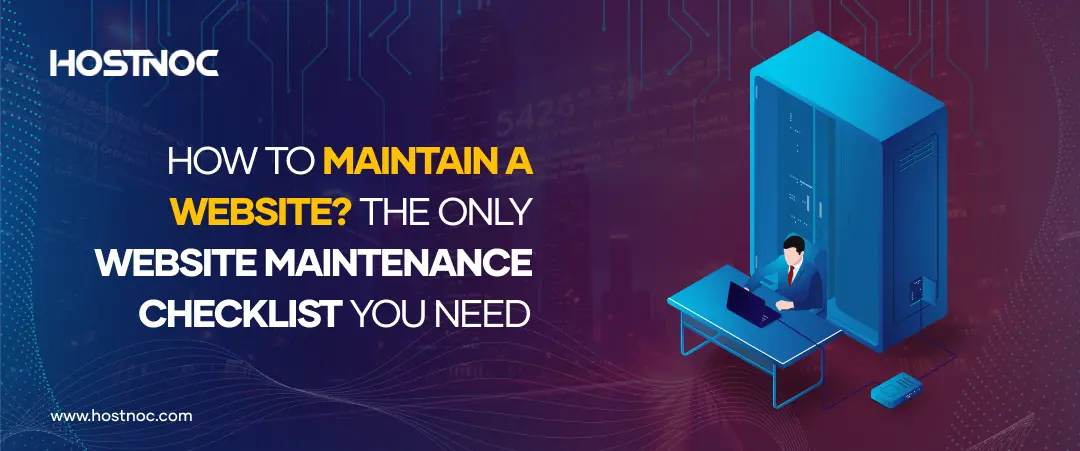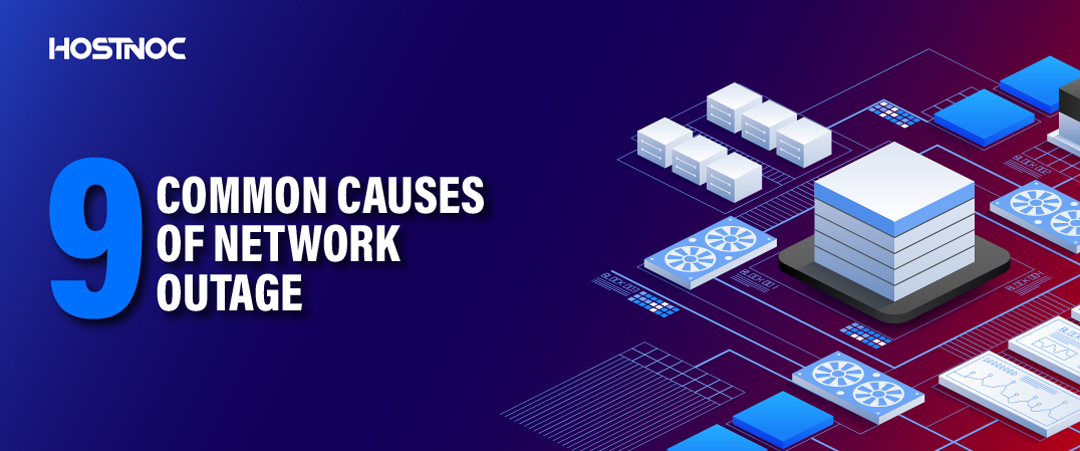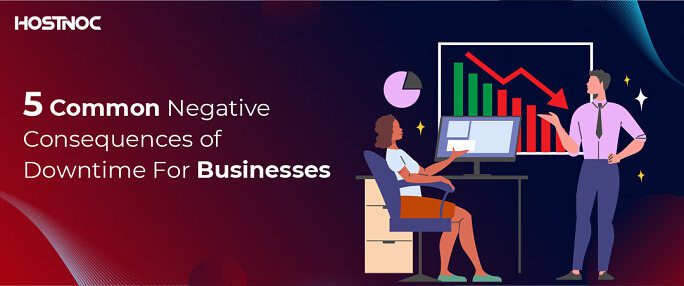Blogs

Why Should You Choose A Dedicated Server for Your E-Commerce Website?
September 13, 2018
Ecommerce Best Practices to Make Your Small Business a Thriving Success
September 18, 2018Website Maintenance Proven Methods for Reliable Performance
Congratulations! Your website is live. There is no better feeling than seeing your website rank high on the internet. Remember that it is a milestone and not the end of the road. If you think that your job is done once your website goes live, you are totally wrong because you still have a lot to do. Keeping your website updated and in top shape is essential. If you are interested in knowing how to maintain a website, here is a website maintenance checklist that you need to follow.
Website Maintenance Checklist
Here is the website maintenance checklist you should follow.
- User Testing
- Identify and Fix Broken Links
- Check for Browser Compatibility
- Back Up Regularly
- Test Out Forms
- Keep an Eye on Key Metrics
- Check for Security Updates
Let’s explore each one of them in detail.
1. User Testing
The pace at which website design trends and usage patterns waver compels you to adopt a flexible approach to web design. What was once considered an easy-to-use design a decade ago won’t be considered intuitive today? Moreover, every user has unique needs, intentions and usage patterns, and you must consider all that when performing user testing of your website. Partnering with a professional web design company can help ensure your site stays user-friendly and up-to-date with current trends.
Conduct usability tests once a year on your website. Ask people who are not related to your business to use your website and give their feedback. This might give you some useful insights about your website on which you can put into action. Test your website extensively across all browsers and devices. Create a schedule for website maintenance and updates based on the user testing results.
2. Identify and Fix Broken Links
Have you ever clicked on a broken link that takes you to a 404 page? Remember the bitter taste it left in your mouth. Would you want your users to experience the same thing? No, right. Circumvent such an occurrence by identifying the broken links on your website and fixing them promptly.
Don’t get me wrong. Regardless of the nature of your business, you might have some broken links on your website, as other websites you link to could be part of history or have moved to a new domain. Checking your website for broken links every now and then will help you get rid of them. You can easily check the number of broken links on your website with any of the free tools available and fix them, so your users are relieved from being directed to a 404 page again.
3. Check for Browser Compatibility
Every browser renders the same web page differently, so your website might look different on various browsers. With the lapse of time, the web technology your website is built on and your website layout will become incompatible with newer versions of those web browsers. In addition to ensuring compatibility with popular web browsers, you should make sure that your website is well-suited for not-so-popular options as well.
4. Backup Regularly
You laboured day in and day out on a project for more than a week and burned a lot of midnight oil! However, suddenly, a so-called “Technical issue” crops up with your IT infrastructure. You end up losing your project. Ouch! How does that feel? Not good, right? We have all been on the receiving end of such an occurrence at one time or another.
If you have a backup, you might be able to restore your project; otherwise, all your week-long efforts might go down the drain. This is why it is important to take regular backups of your website. Even if your website is hit by a cyber-attack or any piece of hardware breaks down, you don’t have to fret if you have a backup, because you can easily bring your website back online.
5. Test Out Forms
If you have forms on your website, as most websites do, make sure that they work without a hitch. Test out all the forms on your website. Try different browsers and devices and fill out some forms on your website to give you a better idea about whether they work appropriately or not.
If you find any issues with forms, fix them as soon as possible, since they might be causing you to miss out on some valuable leads that can negatively impact your bottom line. Identify and fix issues with forms to capture these leads and make sure that you only ask for absolutely indispensable information. Label the form fields correctly and apply form validation to make the form-filling experience less of a grievance for your website visitors.
6. Check For Security Updates
If you are a techie, you must be bombarded with news about security breaches all the time. What we get to read, see or hear are cyber-attacks that get reported, but what about those that manage to evade the media radar? As a business, it is your responsibility to secure your website. How can you identify if your website is hacked? Keep an eye on cybersecurity red flags that can ring an alarm if your website is infiltrated.
To ensure that your website stays safe, it is important to keep checking for security updates and keep your website updated to the latest security versions of the particular CMS that you are using for your website. In addition to this, you should update all the plugins and scripts to prevent hackers from exploiting any vulnerabilities in the older versions. Most of the time, when these plugins and security patches are released, it is usually to beef up the security and contain bug fixes in the previous versions.
7. Keep an Eye On Key Metrics
Google Analytics is a wonderful tool offering in-depth and valuable insights about how people are finding your website and how they are interacting with it. Additionally, it can also tell you what is striking a chord with your audience and what is not. This helps you tweak your strategy and achieve a better result. Many other tools can help you stay on top of the key metrics that matter the most.
How do you maintain your website? Share your website maintenance checklist with us in the comments section below.
Featured Post
How to Migrate Your Website to a New Host Without Downtime?
Website downtime during migration is one of the biggest concerns for site owners looking to switch hosting providers. Whether you are looking for better performance, more […]
9 Common Causes of Network Outages
Power-related issues remain the leading cause of major data center outages, responsible for 54% of cases according to Uptime Institute’s 7th annual outage analysis report, while […]
5 Common Negative Consequences of Downtime For Businesses
A recent survey conducted by Cradlepoint, a subsidiary of Ericsson, revealed significant reliability issues in wired network connectivity for U.S. businesses, with nearly 90% of respondents […]












